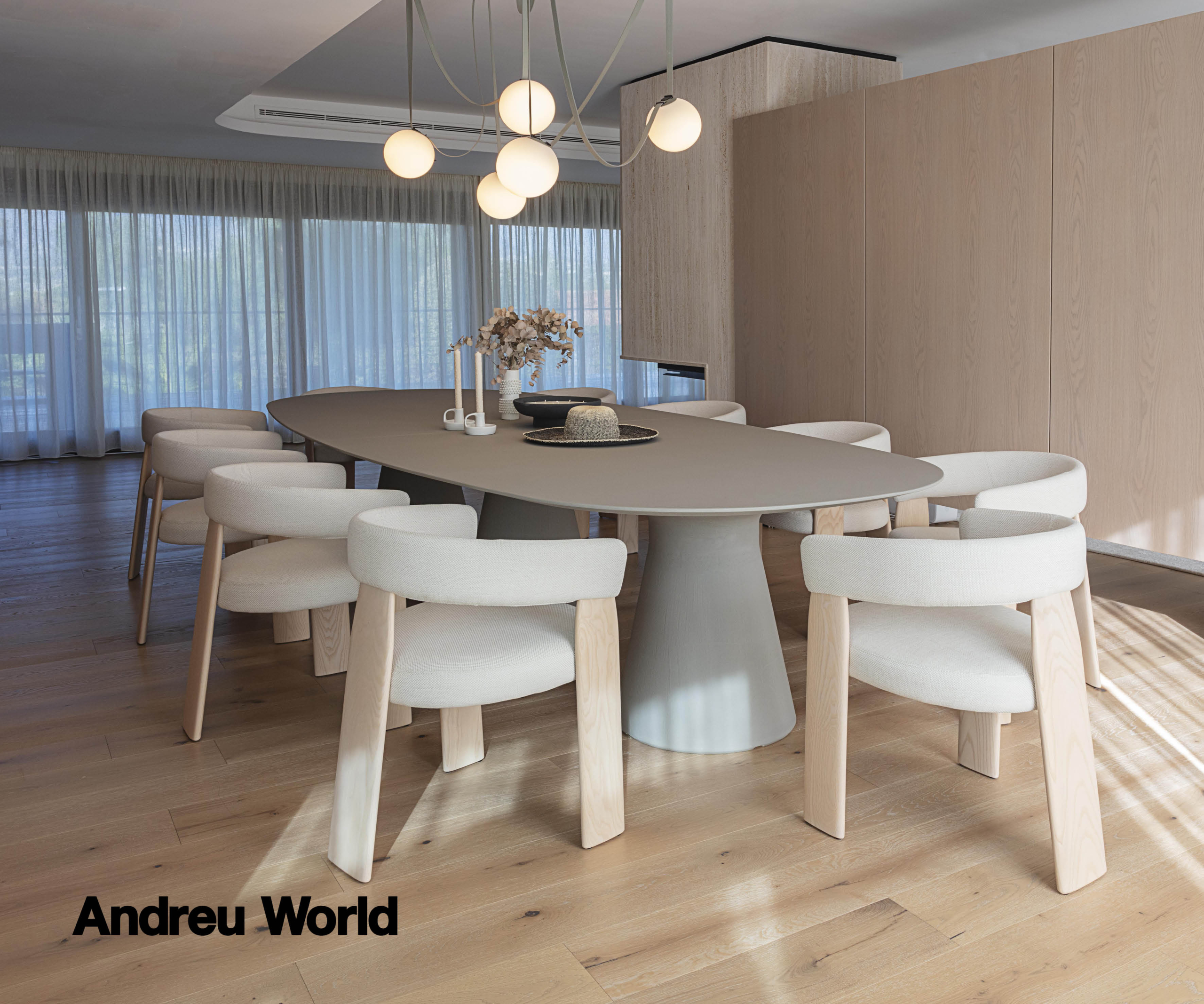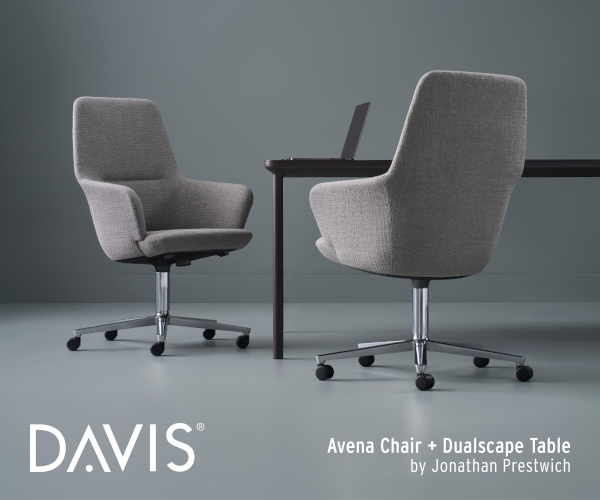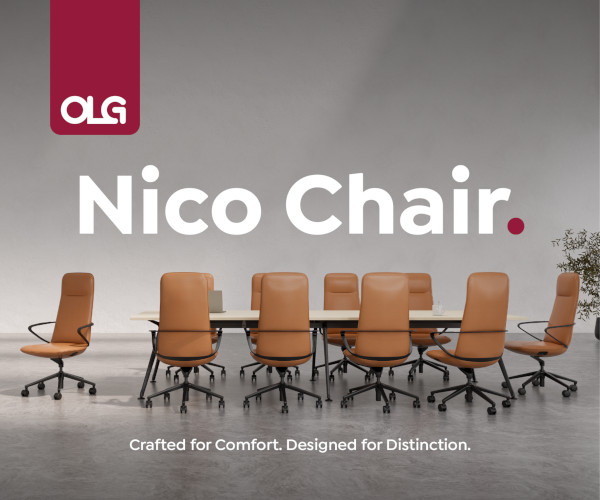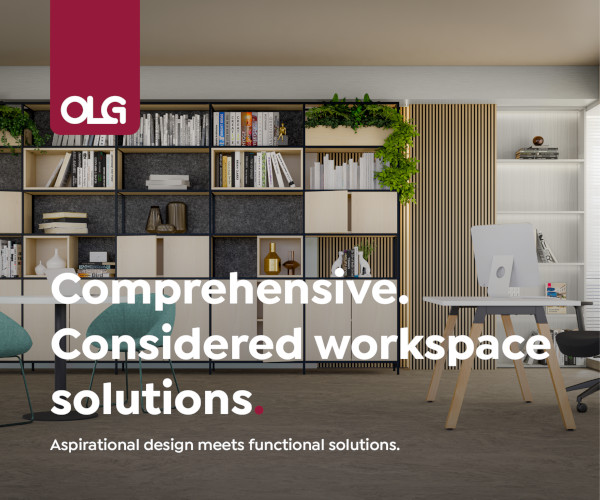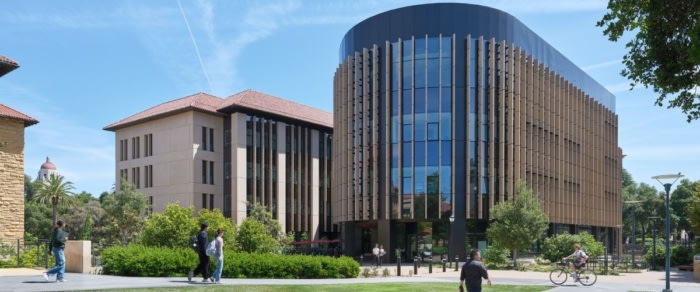Must Read: The Office of the Future…. From 1985
So, I happened to be looking for articles about office design from the past the other day and I came across this 1985 AP article titled, “Office Of The Future Will Acquire Different Look” by Barbara Mayer.
Let’s just say that I went into the article thinking it was going to be ridiculous – but actually found myself amazed at how correct a lot of the predictions turned out to be.
Here’s a couple things it basically talks about:
- Flat-screen monitors, multi-monitor setups
- iPads/iPhones/smartphones
- Team-based layouts
- Online workplace communication
Enjoy the read, I know I did – would love to get your thoughts in the comments:
“Are word processors, computer terminals, and printers turning your office into something that looks like a set for a television serial with a science fiction theme?
It’s a direction that will become even more noticeable in the future, says Lawrence Lerner, an architect specializing in office design. According to Lerner, whose firm, Environetics International recently designed a prototype office of the future, changes will be necessary to accomodate new technology.
The prototype office features optical scanners (you’ve probably seen them at the supermarket checkout counter) and multiple flat screens that can hang on the wall like a picture or sit on a desk like a placemat. Printers that take information directly from the optical scanner and churn out paper copies are also likely to be featured.
In the Environetics office of the future, several workstations are arranged inside a dome-like interior structure so that all who work together are in the same cluster. Instead of the windowed executive offices of today, located around the perimeter of a modern building with clerical workers accommodated in a large windowless center section, tomorrow’s office will accommodate those who work together in the same or nearby clusters.
The individual workstations will have less drawer and surface space than at present but they will accomodate more computer components.
As many as nine page sized screens may be found at each station. Each will be capable of displaying information stored in a number of different computer files. The telephone will be an important component since it will be used to carry on conversations, as at present, and so call up information from databases elsewhere. The phone will facilitate conferences with colleagues in several cities at the same time. Once a “meeting” is over, the information discussed will be updated and refiled automatically.
Privacy and sound control will be achieved by collapsible dome-like structures within whose walls will be located heat, ventilating and air conditioning services. These domes will be constructed from woven panels of glass and nylon fibers that are embedded with lead. The lead would make the fabric dense, therefore soundproof, according to Lerner.
Technology is also likely to lead to change in the office social routine. The bulletin board of today with its announcements of retirements and items for same won’t be necessary. Instead, individual workers, each of whom will have access to a computer, will be able to call up the bulletin board on the screen and read what’s there when they wish.
Will this mean that trips to the watercooler will be a thing of the past? Not necessarily, says Lerner. Breaks in the routine like a walk down the hall will still be a worker’s prerogative. Though some observers predict that more individuals will work from home, communicating via computer. Lerner thinks most people will continue to work in an office environment.
The office is a social environment that satisfies the need for human contact, and so it will persist, he says.
No matter how technology changes the looks of the office for most of us, the private executive office is likely to continue in all its lonely splendor for the company’s top executives, according to Susan Szenasy, author of several books in the “Office Book Design Series” which is published by Facts on File.
A private office is a reward for the individual and also a symbol to others that a person has arrived at the top of the hierarchy.
“Once executives attain a certain level of power, they seem to feel a luxurious office is deserved and even that it is required of them.” she said.”

